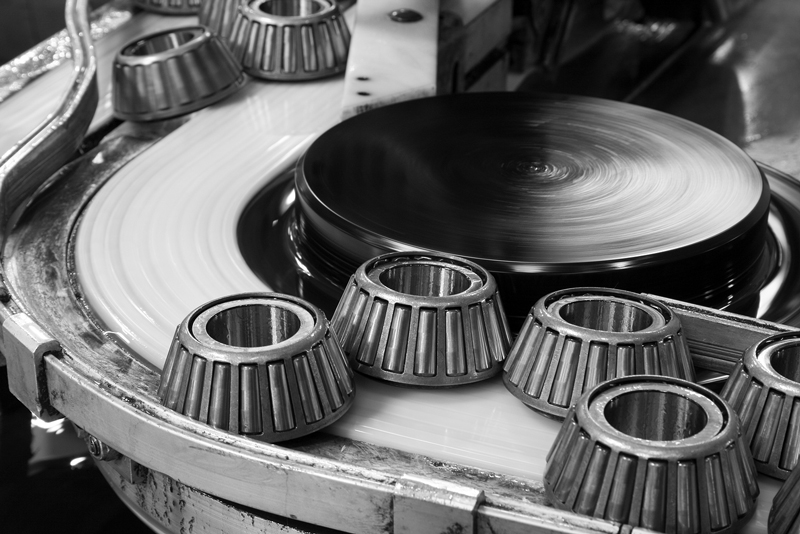Everything about Volution Bearing
Table of ContentsVolution Bearing Fundamentals Explained6 Easy Facts About Volution Bearing ExplainedThe Facts About Volution Bearing UncoveredFascination About Volution Bearing
An axial (or drive) bearing lots is when force is identical to the axis of the shaft. A radial bearing load is when pressure is perpendicular to the shaft.Below is a fast reference for the sort of birthing tons and the most effective sphere bearing for the job: Radial (vertical to the shaft) and light loads: Select radial ball bearings (additionally called deep groove ball bearings). Radial bearings are a few of the most typical sorts of bearings on the market.
Roller bearings are made with round rollers that can distribute lots over a larger surface location than ball bearings. Below is a quick reference for the type of birthing lots and the best roller bearing for the task: Radial (vertical to the shaft) loads: Select standard round roller bearings Axial (propelled) (parallel to the shaft) tons: Pick cylindrical thrust bearings Incorporated, both radial and axial, loads: Pick a taper roller bearing The rotational rate of your application is the following factor to look at when selecting a bearing.
They perform better at greater speeds and provide a higher speed range than roller bearings. One factor is that the get in touch with between the rolling component and the raceways in a ball bearing is a point as opposed to a line of call, like in roller bearings. Because rolling elements press into the raceway as they surrender the surface, there is much less surface area deformation taking place in the factor tons from ball bearings.
Get This Report about Volution Bearing

If this takes place, a simple and typical remedy is to switch the sphere bearing material from steel this hyperlink to ceramic. This maintains the bearing size the same however supplies roughly a 25% greater speed rating. Because ceramic product is lighter than steel, ceramic rounds produce much less centrifugal pressure for any type of offered speed.
One factor is that the spheres are smaller and smaller sized rounds evaluate less and produce much less centrifugal force when turning. Angular get in touch with bearings also have an integrated preload on the bearings which deals with centrifugal pressures to effectively roll the rounds in the bearing. If you are creating a high-speed application, then you'll desire a high-precision bearing, generally within the ABEC 7 accuracy course.
The smart Trick of Volution Bearing That Nobody is Discussing
High accuracy bearings are trusted for applications that go quick because they ensure excellent ball and raceway interaction.
Some applications, like cutting device spindles, will just enable a tiny discrepancy to happen on its rotating parts. If you are crafting an application like this, after that pick a high precision bearing because it will certainly generate smaller sized system runouts due to the tight tolerances the bearing was produced to. Bearing rigidity is the resistance to the force that triggers the shaft to depart from its axis and plays an essential function in minimizing shaft runout.

The Main Principles Of Volution Bearing
Lubrication develops a film of oil between the rolling component and the bearing raceway that assists avoid friction and overheating. One of the most common type of lubrication is oil, which consists of an oil with a thickening agent. The thickening agent keeps the oil in place, so it won't leave the bearing.
After the rolling component passes by, the oil and thickening agent sign up with back with each other. For high-speed applications, understanding the rate at which the oil and thickener can divide and rejoin is necessary. This is called the application or bearing n * dm worth. Prior to you pick a grease, you need to find your applications ndm value.
Contrast your ndm worth to the grease's max speed value, located on the datasheet. If your n * dm worth is more than the oil max speed worth on the datasheet, then the grease won't be able to offer enough lubrication and premature failure will take place. An additional lubrication alternative for high-speed applications are oil haze systems which mix oil with pressed air and afterwards infuse it into the bearing raceway at metered periods.
Comments on “Little Known Facts About Volution Bearing.”